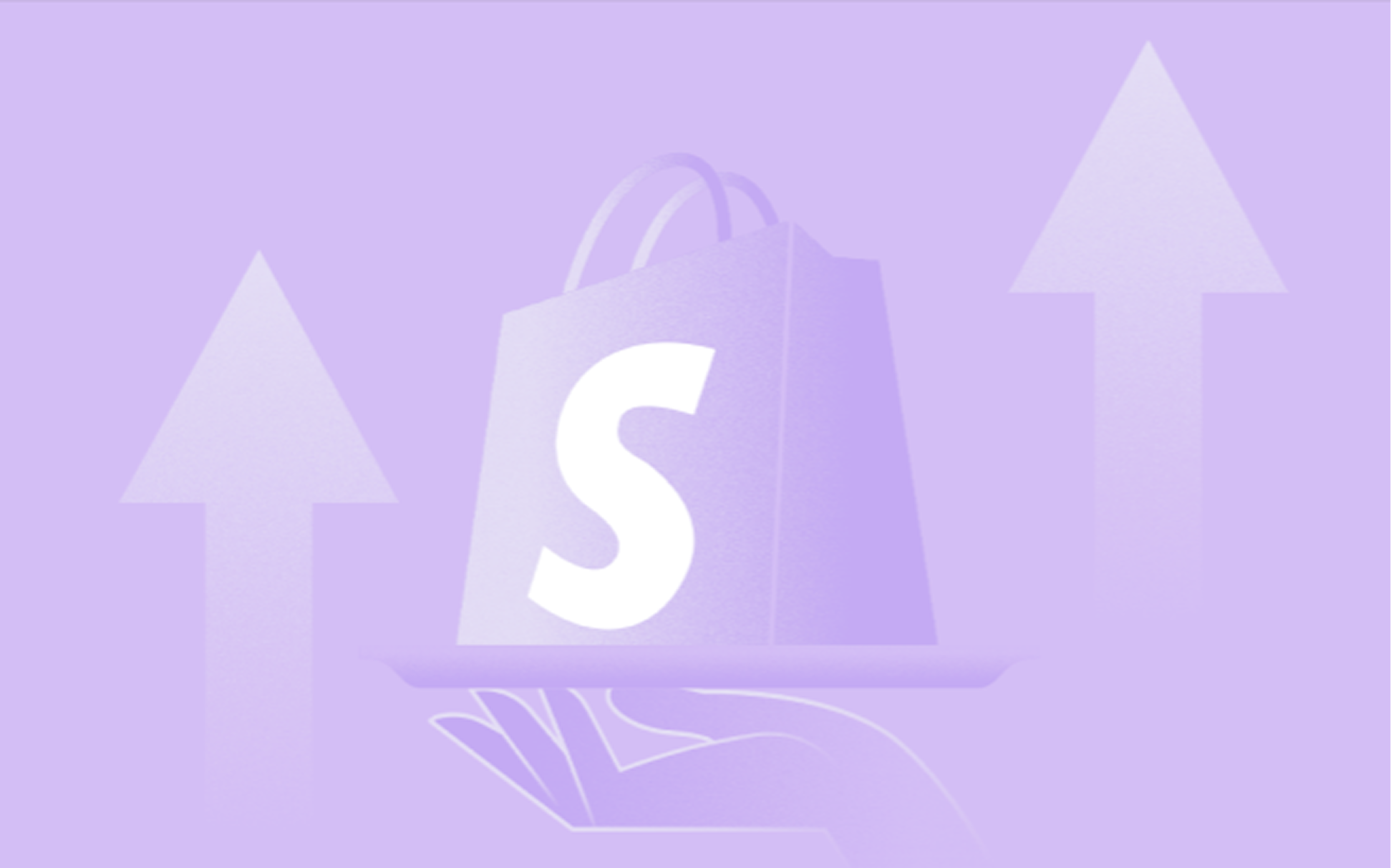Everyone’s talking about “omnichannel.” Most of them are doing it badly.
Let’s cut through the noise. You’re not omnichannel just because you sell on Instagram and have a Shopify store. That’s multichannel at best. The truth? Omni channel commerce is about integration, not expansion. And if you’re not syncing inventory, customer data, brand experience and messaging across every single touchpoint, you’re already leaking revenue.
In a market where every second counts and customer loyalty is fickle, half-hearted omnichannel efforts don’t just fall short they cost you money.
What Is Omnichannel Commerce?
Omni-channel commerce is more than a buzzword it’s a strategic commitment. It refers to the integration of many sales and marketing channel into a single location, such as an online store, social media networks, online marketplaces, and email to your website and physical stores.
If your customer can’t:
- Abandon a cart on your website and get a personalised follow-up via SMS,
- Start a conversation via Instagram DM and pick up the product in-store,
- Return an online purchase seamlessly in a shop, with their purchase history updated instantly, then you’re not doing omni channel commerce. You're just stacking disconnected channels on top of each other.
Done right, it builds loyalty, boosts conversions, and gives your brand a competitive edge that pure DTC or marketplace-only retailers can’t match.
Why Omnichannel Matters More Than Ever in 2025
In the UK, consumer journeys are no longer linear. A customer might discover your brand on TikTok, research products on your website, buy in-store, and then reorder via SMS. The brands that thrive in 2025 will be those that treat this complexity as an opportunity not an obstacle.
According to Think with Google, omnichannel shoppers have a 30% higher lifetime value than those who shop on a single channel. And 73% of UK consumers say they expect brands to provide consistent experiences wherever they interact.
Shopify’s Role in Enabling Omnichannel Growth
Shopify doesn’t just enable omnichannel growth it can power it. The key is using Shopify not just as your online storefront, but as the central nervous system of your eCommerce ecosystem.
Shopify connects inventory, customer data, content, and transactional logic across platforms. But its real strength lies in how well it integrates with tools like Customer.io, SMS web, and offline retail environments.
The platform’s versatility especially with Shopify Plus makes it a serious contender for ambitious brands looking to scale across channels and borders.
Key Channels to Include in Your Shopify Omnichannel Strategy
Social Commerce (Instagram, Facebook, TikTok)
Social platforms have evolved from discovery tools into full-on sales channels. With Shopify integrations, you can:
- Sync product catalogues in real time.
- Launch shoppable posts and ads.
- Retarget with dynamic product recommendations.
- Track performance inside your Shopify dashboard.
Marketplaces (Amazon, eBay, Etsy)
Marketplaces may feel like competitors, but they’re also powerful acquisition tools. A smart omnichannel strategy integrates these platforms without fragmenting operations.
Shopify lets you:
- Centralise inventory and order management.
- Sync listings and pricing.
- Keep customer data unified.
Use marketplaces to capture demand then bring customers back into your owned ecosystem with email and SMS marketing.
Offline Retail (POS & Brick-and-Mortar)
Physical retail isn’t dead. It’s evolving.
Shopify’s Point of Sale (POS) system connects online and offline worlds. With Shopify POS, your customers can:
- Buy online, collect in store.
- Return online orders in-store.
- Redeem loyalty points across all touchpoints.
This creates seamless brand experiences and reduces operational friction.
Mobile Shopping & Apps
Mobile commerce accounts for over 60% of UK eCommerce traffic. If your store isn’t optimised for mobile and doesn’t integrate seamlessly with other channels you’re already losing conversions.
Tools like Shopify Mobile, progressive web apps, and in-app purchase flows ensure your mobile UX stays fast, fluid, and on-brand.
Email & SMS Marketing
Customer.io, Klaviyo, and other platforms become exponentially more powerful when integrated directly with Shopify.
This enables:
- Abandoned cart recovery.
- Behavioural segmentation.
- Product recommendation flows.
- Personalised SMS marketing via platforms like Attentive or SMS web integrations.
Building a Unified Customer Experience Across Channels
Your customer doesn't care about your backend. They care about consistency.
Whether it's pricing, messaging, tone of voice, or fulfilment speed every interaction should feel like it’s coming from one brand.
To achieve this:
- Use Shopify as your single source of truth.
- Sync all customer touchpoints to your Shopify CRM.
- Standardise creative and brand tone across channels.
Unified experiences build trust. And trust drives loyalty.
Shopify Features That Support Omnichannel Selling
Shopify POS
Shopify’s in-store Point of Sale integrates seamlessly with your online store, allowing:
- Centralised customer and inventory data.
- Real-time analytics.
- In-store loyalty programmes linked to online profiles.
Shopify Flow & Automation
Automate repetitive tasks like:
- Back-in-stock notifications.
- Tagging high-value customers.
- Triggering SMS marketing flows based on order behaviour.
This keeps your business lean and your marketing reactive.
Shopify Markets for Internationalisation
Sell globally with localised pricing, languages, and currencies all from one Shopify dashboard.
Shopify Markets helps you:
- Expand into new geographies.
- Manage compliance and tax requirements.
- Create tailored experiences for each market.
Shopify Plus for Enterprise-Level Scaling
Shopify Plus offers:
- Unlimited API access.
- B2B functionality.
- Advanced scripts for custom discount logic.
- Dedicated support for complex omnichannel architectures.
This is the version of Shopify used by enterprise brands like Gymshark and Heinz.
Real-World Examples of Omnichannel Success on Shopify
Our Place – Global Cookware Brand
Our Place, a globally recognised cookware brand, strategically expanded into the UK market by establishing a retail presence in two of the country’s most iconic department stores: Selfridges and Liberty. This move marked a significant step in their omnichannel growth, allowing them to connect with UK consumers both in-store and online. To complement their physical retail expansion, Our Place enhanced their digital customer experience by implementing Shopify’s extensible one-page checkout. This upgrade simplified the purchasing process, reduced friction at the point of sale, and ultimately led to higher conversion rates. The move to a streamlined checkout experience boosted conversions and made omnichannel integration smoother.
.png)
Dalfilo – Italian Home Linen Brand
Dalfilo, a premium Italian home linen brand, successfully expanded into global markets including the UK by leveraging Shopify’s unified commerce tools to support international expansion and omnichannel consistency including inventory sync across online and offline channels. Over the span of four years, Dalfilo’s smart use of Shopify’s capabilities helped the brand achieve over 1,000%, reaching more than 110,000 customers in Germany, Austria, Switzerland, Spain, and the UK.
.png)
World of Books – UK & US Second-Hand Book Retailer
World of Books, a leading second-hand book retailer operating in both the UK and US, streamlined its business by centralising online and offline operations through Shopify Payments’ multi-entity management, allowing unified pricing, inventory, and payments across UK and US channels. The result was a notable increase in conversion rates and a more efficient, scalable cross-market operation.
.png)
Common Pitfalls to Avoid When Going Omnichannel
- Fragmented inventory systems - Nothing kills trust like "out of stock" after checkout.
- Disjointed brand messaging - Inconsistent experiences confuse and frustrate shoppers.
- Unintegrated customer data - If your support team can’t see what a customer bought via SMS or in-store, they can’t serve them well.
- Manual marketing workflows - Automate or drown. You can’t scale personalisation by hand.
How WIRO Helps Brands Scale Omnichannel on Shopify
WIRO exists to help ambitious DTC brands turn complexity into clarity. We’re your eCommerce growth agency, focused on long-term outcomes, not short-term fixes.
With WIRO, you get:
- Strategic omnichannel roadmaps.
- Deep Shopify integrations with tools like Customer.io, Klaviyo, and SMS marketing platforms.
- Custom Shopify Plus builds that scale across borders, devices, and sales channels.
- Continuous optimisation of your tech stack, customer journeys, and marketing flows.
Conclusion
Omnichannel selling isn’t about stacking up channels. It’s about connecting them strategically, seamlessly, and with purpose.
Here’s what to do next:
- Audit your current customer journey. Where are the breaks?
- Centralise your data around Shopify and sync it everywhere.
- Leverage automation tools like Shopify Flow, Customer.io, and SMS web for real-time engagement.
- Align your brand voice across every channel, from TikTok to the till.
- Partner with an eCommerce agency that understands how to execute omnichannel at scale.
Need help unifying your customer experience across channels?
Let’s talk about how WIRO can build the Shopify ecosystem your brand deserves.


.svg)





